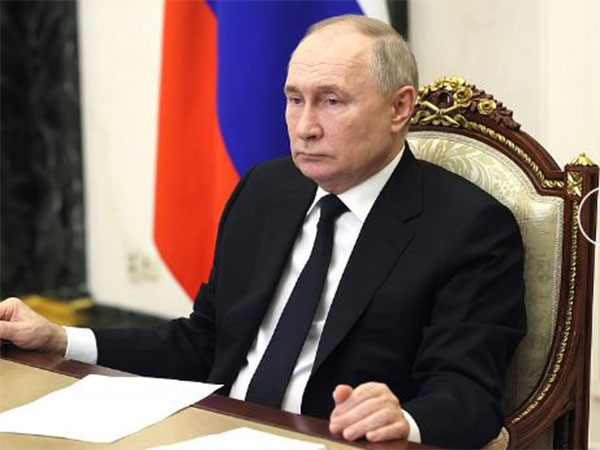
ISIL-K has increased presence in northern, eastern Afghanistan: UN report

United Nations, Jul 20 (PTI) ISIL-Khorasan has increased its presence in northern and eastern Afghanistan and if the terror group regains lost territory in the eastern part, it may prove difficult for the Taliban to reverse such gains and ISIL-K would then be positioned to develop a global threat capability from Afghanistan, according to a UN report released on Wednesday.
The 30th report of the Analytical Support and Sanctions Monitoring Team submitted pursuant to resolution 2610 (2021) concerning ISIL (Da’esh), Al-Qaida and associated individuals and entities said that the situation in Afghanistan remains complex.
“International terrorist organisations based in the country view the victory of the Taliban as a motivating factor for disseminating their propaganda in the neighbouring regions of Central and South Asia, and globally,” it said.
“ISIL-K has increased its presence in northern and eastern Afghanistan. It also includes fighters from Central Asia, who have increased activities in the north,” the report said.
However, the report said that it was unclear whether ISIL-K can regain lost territory in eastern Afghanistan.
“It is unclear whether ISIL-K can regain lost territory in eastern Afghanistan. Should they succeed, it may prove difficult for the Taliban to reverse such gains. According to one Member State, ISIL-K would then be positioned to develop a global threat capability from Afghanistan,” the report said.
It added that ISIL views Afghanistan as a “base for expansion” in the wider region for the realisation of its “great caliphate” project.
“ISIL-K seeks to strengthen its capabilities by recruiting members from other terrorist groups, as well as by attracting disaffected Taliban fighters and dissatisfied local ethnic minorities.” It noted that in April 2022, ISIL-K claimed it had fired rockets into Tajikistan and Uzbekistan.
Although both countries denied that rockets had reached their territory, the risk of similar attacks remains.
“The aims were to undermine the credibility of Taliban security forces by demonstrating their inability to control the borders, and to attract new recruits from the region.” Further, it said Al-Qaida enjoys greater freedom in Afghanistan under Taliban rule but confines itself to advising and supporting the de facto authorities.
“Al-Qaida in the Indian Subcontinent (AQIS) is reported to have 180 to 400 fighters, primarily from Bangladesh, India, Myanmar and Pakistan. AQIS fighters are represented at the individual level among Taliban combat units,” the report added.
The report said Tehrik-e Taliban Pakistan (TTP) constitutes the largest component of foreign terrorist fighters in Afghanistan (between 3,000 and 4,000).
One Member State reported that current TTP leader Mufti Noor Wali Mehsud has “united the group, which is now more cohesive, presenting a greater threat in the region.” On June 3, TTP announced it would extend its temporary ceasefire with Pakistan following talks brokered by the de facto Afghan authorities.
“It remains to be seen whether the ceasefire leads to a more durable peace agreement.” The report said that Al-Qaida leadership reportedly plays an advisory role with the Taliban, and the groups remain close.
Aiman Muhammed Rabi al-Zawahiri increased outreach to Al-Qaida supporters with a number of video and audio messages, “including his own statement promising that Al-Qaida was equipped to compete with ISIL, in a bid to be recognised again as the leader of a global movement.” “Al-Qaida members reportedly remain in the south and east of Afghanistan, where the group has a historical presence.
Some Member States noted a possible shift of core members further to the west to the Farah and Herat Provinces. One Member State reported that Al-Qaida intended to establish a position in northern Afghanistan, mobilize new fighters and generate increased resources,” it said.
The report said that Al-Qaida currently does not appear to have a clear leadership succession plan. The group’s influence depends on having a safe haven, improved communications and resources to distribute.
“It is unlikely that Al-Qaida and its affiliates will seek to mount direct attacks outside Afghanistan for the near term owing to a lack of capability and restraint on the part of the Taliban, as well as an unwillingness to jeopardize their recent gains. Al-Qaida is considered a significant threat to international security over the long term, especially relative to ISIL-K, which poses the greater threat in the short and medium term.”

















POST COMMENTS (0)